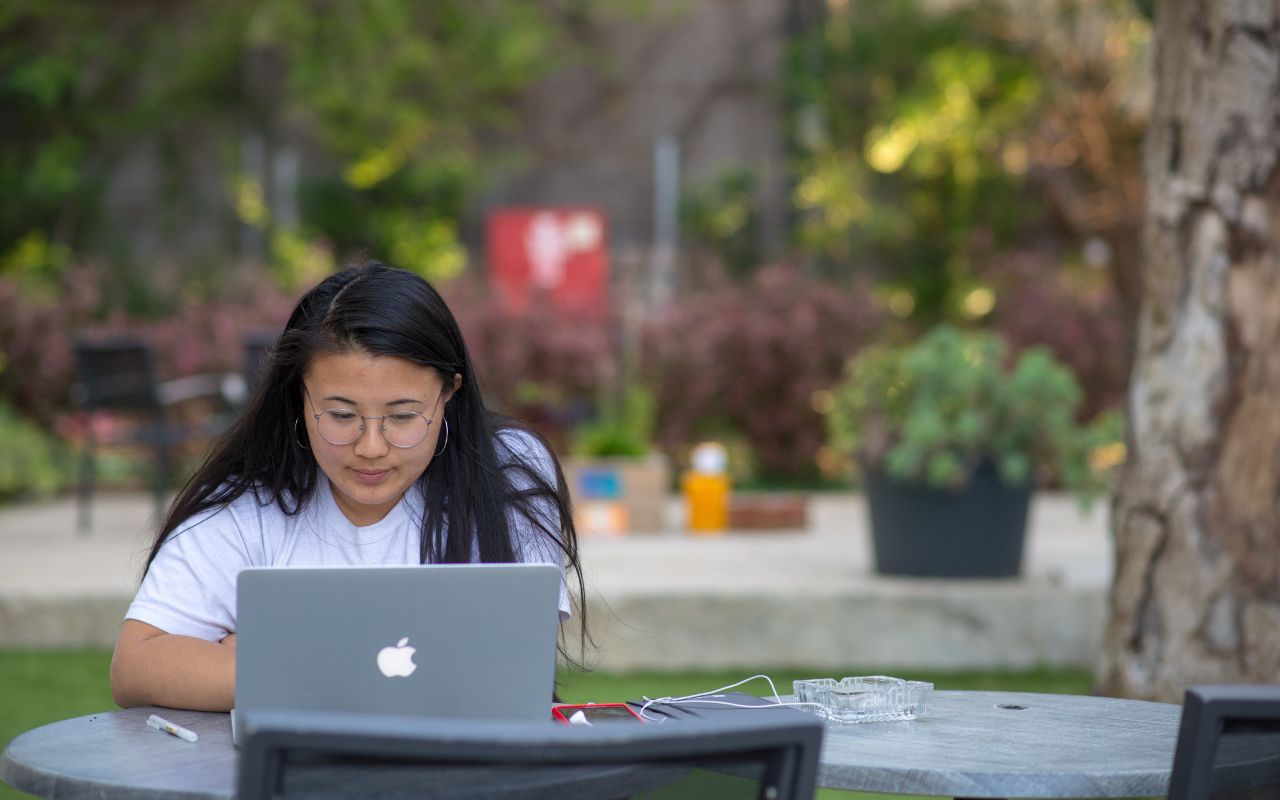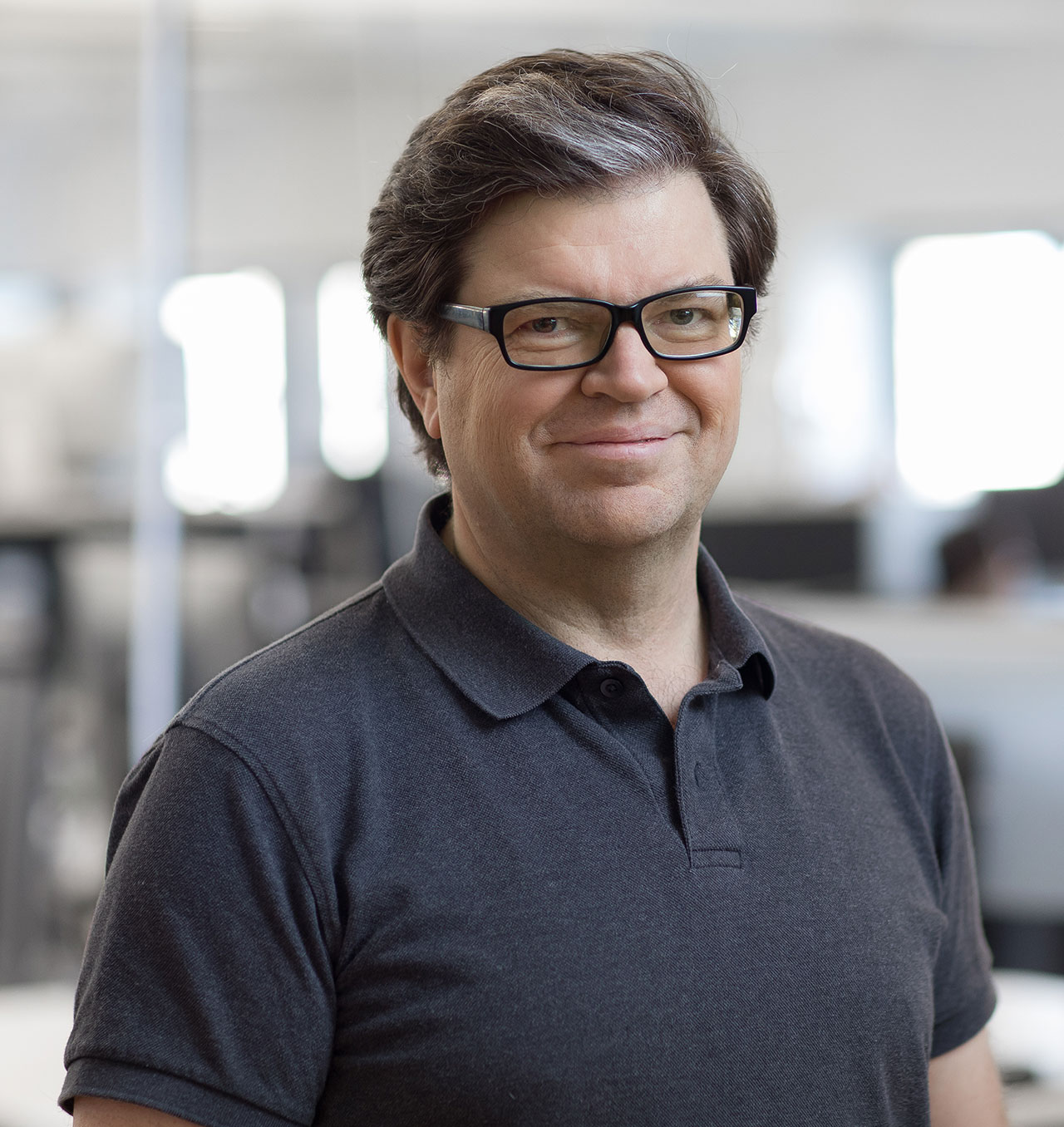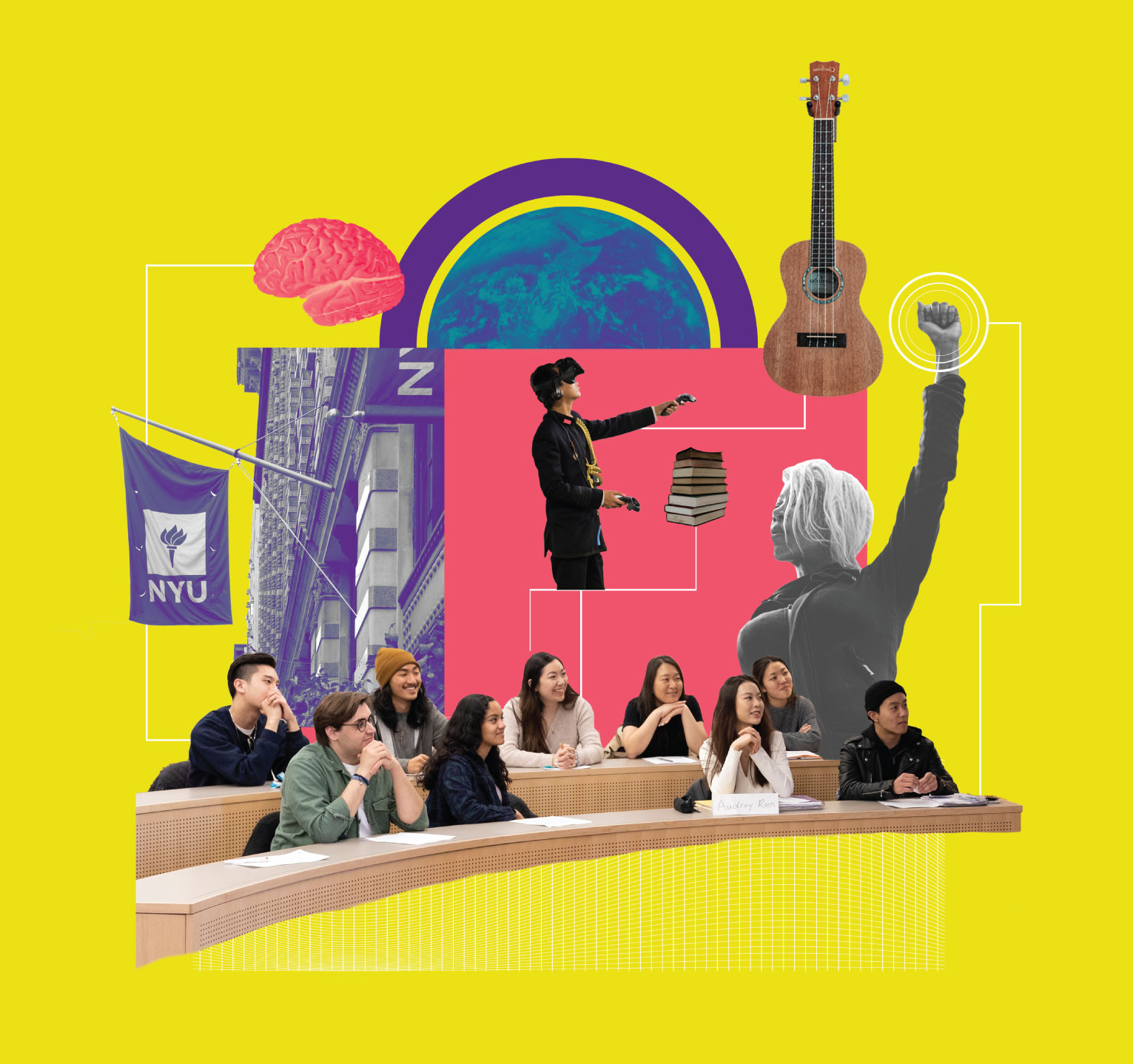
Delving into the history of gender identity with renowned novelist Salman Rushdie. Exploring the potential of artificial intelligence (AI) to both help and hurt humanity with Turing Award winner Yann LeCun. Uncovering what the staples on our dinner plate say about our society with noted Food Politics author Marion Nestle. The Big Ideas course series leverages NYU’s world-class faculty and global resources to create hard-hitting experiences only possible at a major research institution.
These cross-disciplinary courses, which are open to all NYU undergraduates regardless of their major or location, address some of the biggest conversations dominating public attention today. Courses cover areas like social justice, the arts, sports, and AI. They’re led by brilliant experts—who are also NYU faculty—at the top of their respective fields. What’s more, they feature guest speakers who are renowned artists, neuroscientists, philosophers, data journalists, historians, and ethicists.
Deconstructing Identity
What is an identity? How is it formed? How permanent is it? Dr. Jennifer L. Morgan’s Big Ideas course, Identity, sets out to answer questions like these. Through a series of thought-provoking lectures, students learn to view what many consider an intimately personal experience through the much broader lenses of human culture and history.
Each week, the lectures explore identity in a different discipline. Students learn from speakers like Distinguished Writer in Residence Salman Rushdie, who discusses the ancient roots of gender identity, and Professor of History and Glucksman Professor in Irish Studies Kevin Kenny. Some lectures focus on Jewish, Arab, Middle Eastern, Latine, and Indigenous identities. One explores the portrayal of organ transplantation surgeries—like procedures involving the face or uterus—in film and media.
Patrick Egan, associate professor of politics and public policy, takes a closer look at the importance of using surveys to precisely measure LGBTQ+ attitudes toward politics. “We’ve really reached a point in US history where identity is incredibly salient in understanding politics,” Professor Egan says. “Identity has always been important. But we have a multiplicity of identities finally at the table.”
“I’m sure that many students initially signed up for the course thinking about their own experience of identity. Like, ‘I want to know more about me,’” says Dr. Morgan, chair of the Department of Social and Cultural Analysis and a professor with the Department of History. “But they ended up with this incredible arsenal of tools with which to think about identity as political and shifting and historical, as singular and as collective, as indigenous and as diasporic, and even as corporeal.”
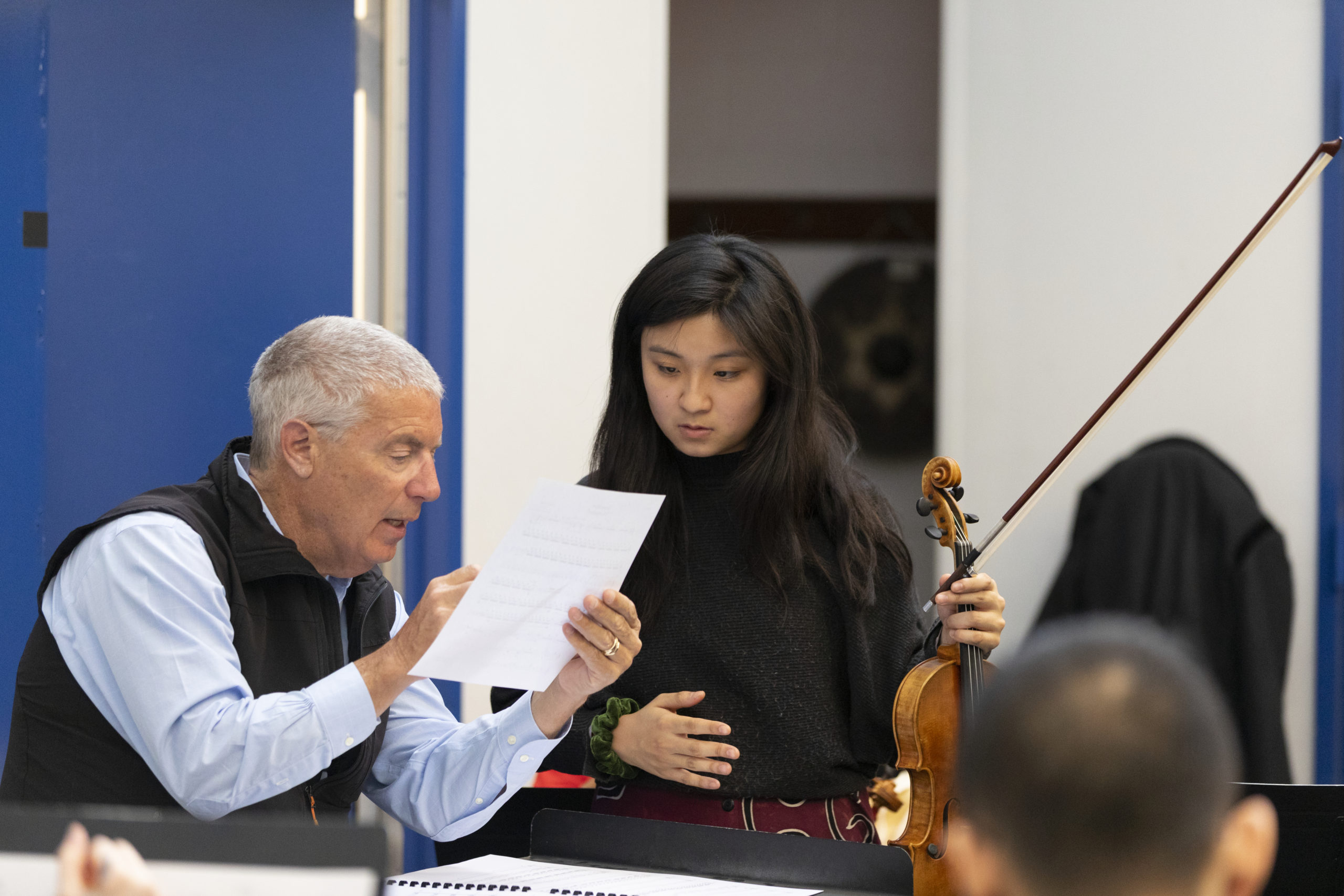
Striking the Right Chord in a Crisis
Throughout the disruption and uncertainty of the COVID-19 crisis, music took on a meaningful position as a source of inspiration, solace, distraction, and resistance for many. In Professor Michael Beckerman’s NYU Big Ideas course, Music and the Coronavirus, students use this pervasive medium as a jumping-off point to explore a deeper way of thinking.
“While it seems obvious that the coronavirus and social justice are relevant, this course goes beyond by encouraging students to question everything they encounter. It asks them to find new ways, through videos, in-class lectures, guest artists, and discussions, to come to new conclusions about things they may have thought they knew well,” Beckerman says.
Music is a central part of our emotional and social lives. The class focuses on its historical context and the ways people have used music as a source of comfort during the pandemic. But for live performance groups like orchestras, touring bands, and even street performers, the effects of the coronavirus were devastating. The class looks at how the industry suffered and adapted in ways that may resonate for years to come.
This shifting context has transformed how we create and consume music. Students explore what those changes tell us about our society in the face of a crisis—and what they tell us about the nature of music itself.
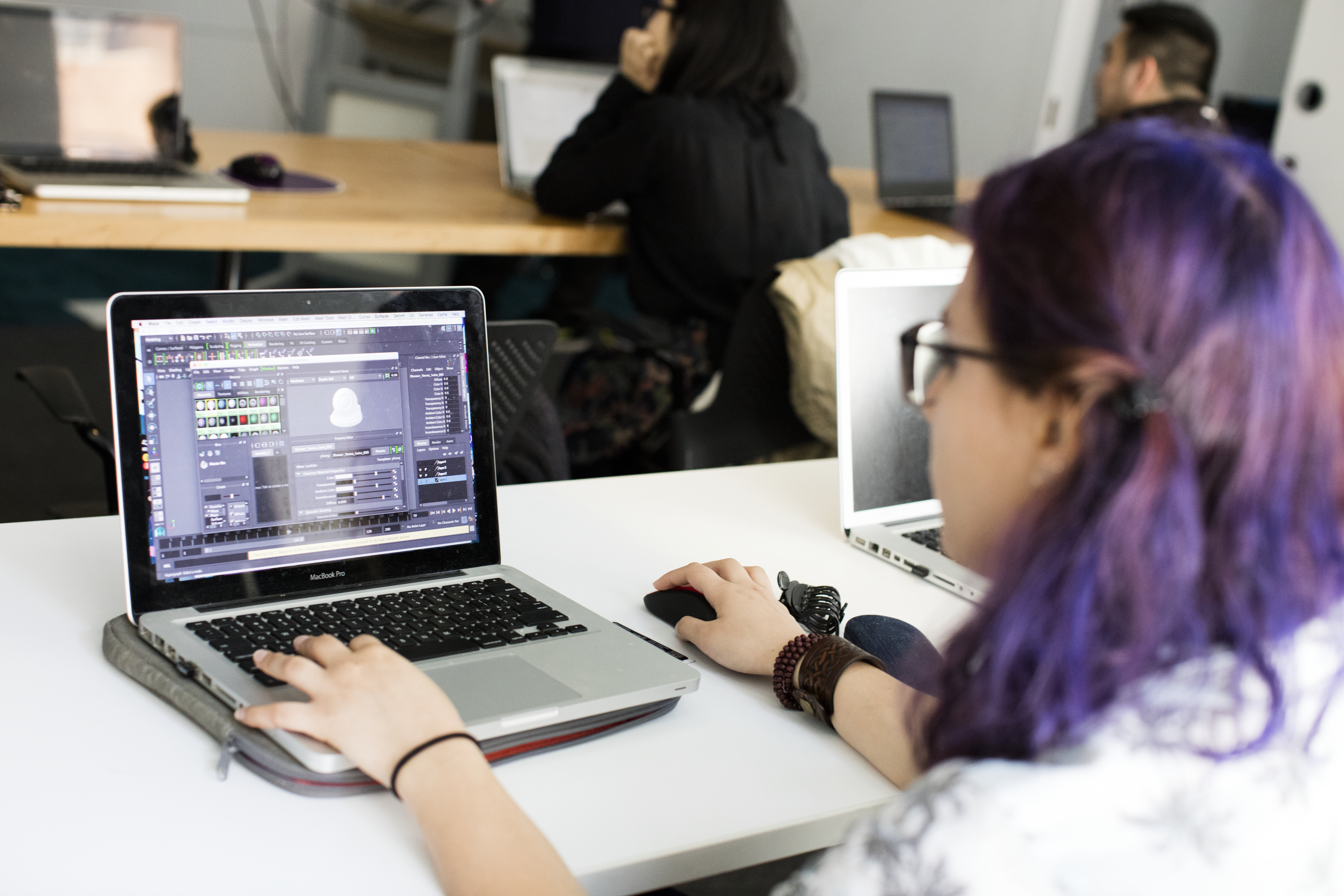
Powering a New Future with Artificial Intelligence
There’s little doubt that the astounding growth of artificial intelligence (AI) will only continue in the decades to come. But what will that mean for mere humans? How will AI advances affect our productivity, our health, our careers, our privacy, and even our free will?
Taught by a team of NYU’s top experts in AI—led by Turing Award winner Yann LeCun—the Artificial Intelligence course provides a high-level overview of the key ideas and technologies that led to the explosive growth in AI’s practical applications. It focuses on the key scientific ideas underlying revolutionary advances in AI technology and introduces students to a range of fundamental topics in AI and its key subareas, including machine learning, natural language processing, and computer vision as well as its applications in different domains.
According to Professor LeCun, deep-learning advances in AI have applications in almost every area of our lives. “The question is how do we get machines to learn like humans and animals,” he says. “We don’t really know how to do this yet, but in principle, there’s no reason to believe that machines won’t surpass humans in all capacities within some number of decades.”
In a related Big Ideas course, Thinking, Learning, and Consciousness in Humans and Machines, students consider the impact of AI technologies on society and its relationship with humans. Students learn from specialists who develop ever more powerful algorithms, experts who research the promises and pitfalls of AI in practice, and professionals who can address broad questions regarding how all this affects our view of human consciousness.
Uncovering Tools to Tackle Racial Inequality
“Race and equality are unfortunately inextricably linked in our society,” says Michael Lindsey, executive director of the McSilver Institute for Poverty Policy and Research. “Recent events and the related social unrest remind us how commonplace race and inequality are to the fabric of our daily lives.” In the course Race and Inequality: Advancing Equity Through Policy and Practice, he and Professor Cybele Raver teach the tools and knowledge to critically identify, analyze, and discuss the pervasive impact of race and inequality in terms of how it affects our thinking and value set regarding matters of social justice, equity, and inclusion.
Students learn from leading advocates, activists, policymakers, and legislative leaders—all frontline change agents focused on reducing and eliminating inequality for both our present and future.
The course shines a bright light on racial inequality in the United States by focusing on structural disparities in key areas of North American life. For example, income, wealth, and employment; the right to vote; health and well-being; education; and juvenile justice. Students gain insight into the scholarly and community-based frameworks being used to confront problems of inequality in the United States. They are exposed to expert design and policy implementation solutions that offer the promise of a more equitable future.
“I hope that students don’t stop at the sort of intellectual richness that will happen in terms of how it will cultivate their minds,” Professor Lindsey says. “I hope they are compelled to action—to want to do something about these persistent inequalities and to feel that they are in a space to be able to do that.”
Facing Off with Fascism in Art and Architecture
“A glance at virtually any newspaper over the past five or six years would alert readers to the resurgence of far-right, neo-Nazi, and hypernationalist phenomena across the globe,” says Dr. Ara Merjian, professor of Italian studies. Although their relationship to culture and history has changed, these movements “force us to think about the enduring relevance of fascism and its afterlives in a range of contexts and countries.”
Dr. Merjian’s Big Ideas course, Fascism and Antifascism in Art and Architecture, explores fascism’s relationship with the cultural forces that drove, supported, or resisted its emergence. “This course addresses how and why art and architecture proved essential to the forging of fascist identity, political economy, and foreign and domestic policy.”
The terms “fascism” and “culture” are often presented as opposites. “Fascism” may conjure images of sterile, bunker-like architecture and book burnings, and it often did include these elements. However, the course argues that we ignore the centrality of advanced culture to fascist ideas—both in the early 20th century and beyond—at our own peril.
Through the lens of particular cases, including Fascist Italy and Nazi Germany, students tackle weighty questions. How did fascism play out in art, architecture, or literature? What do we mean by the term “fascist” in contemporary culture and society? How did Fascist governments use aesthetics to respond to modernity?
“As a 20th-century rival to Enlightenment thought—one which marshaled the forces of intuition and action against the logic of reason and parliamentary politics—fascism remains today a ‘Big Idea’ that did not pass with the 20th century,” Dr. Merjian says.
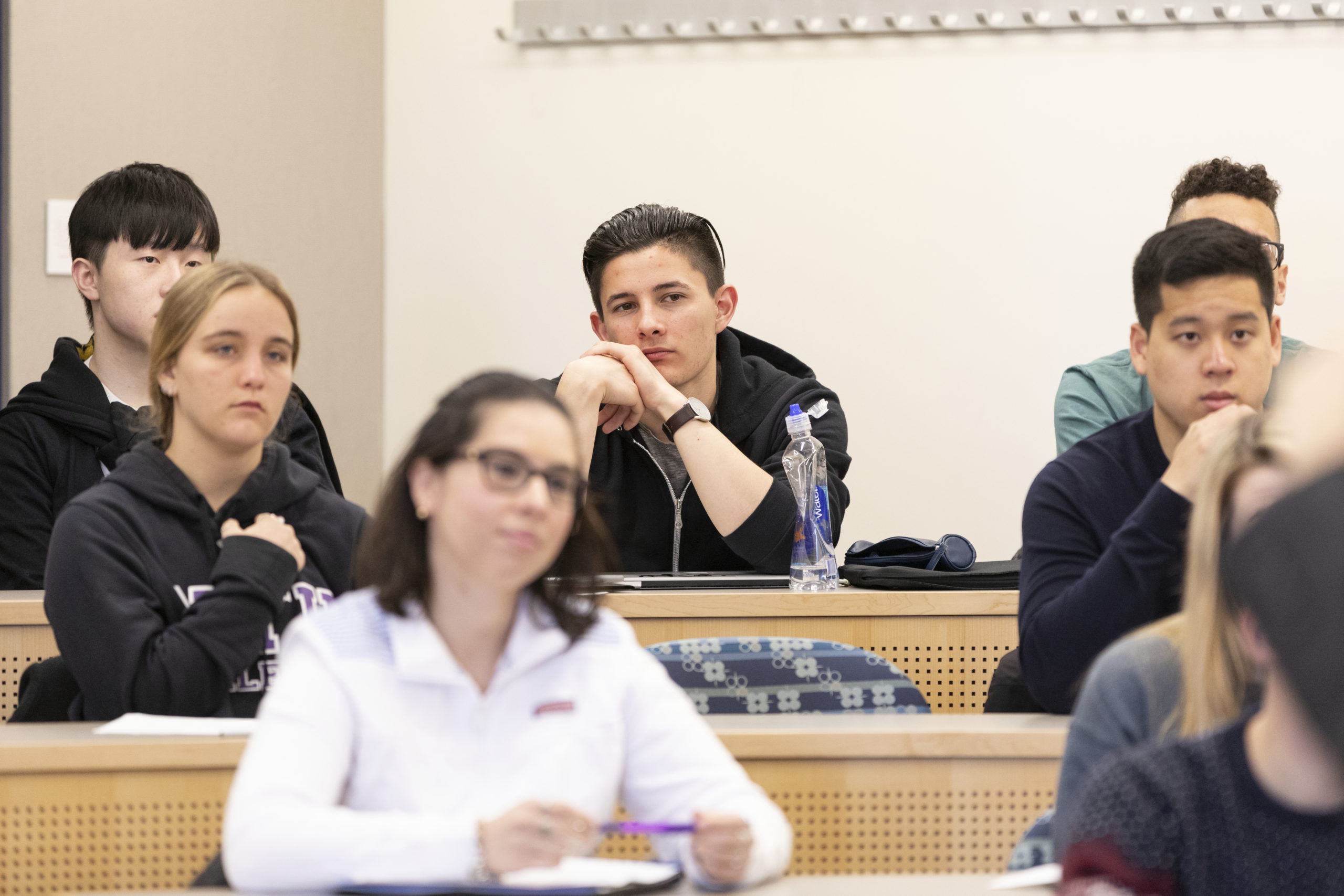
More Opportunities to Think Big
Look out for these other Big Ideas courses:
Disability Justice and Radical Inclusion
Explore the meaning of having a disability and the policies of inclusion with noted disability activists who alter the face of disability rights around the world and demand more inclusive practices.
History in the Headlines
This course goes behind the scenes of current events as we thought we knew them, diving into the real, messy, and fascinating historical contexts hiding behind splashy headlines and Twitter-friendly sound bites.
Music, Sound, Oppression, Rebellion, Liberation
Eminent music and sound scholars lead students in an exploration of the role of music in the rebellion and liberation—as well as the oppression—of individuals and groups while responding in real time to today’s political landscape.

